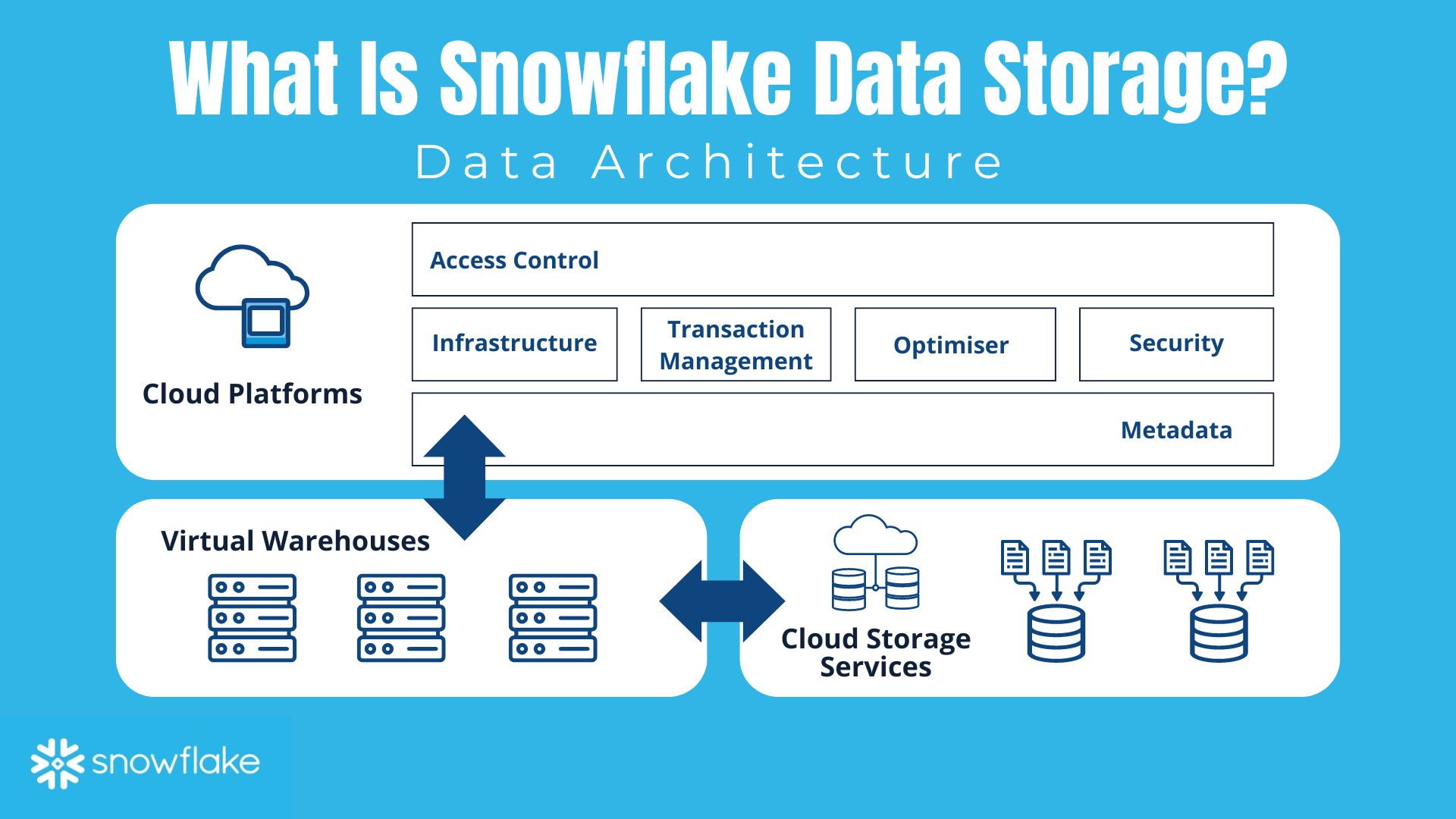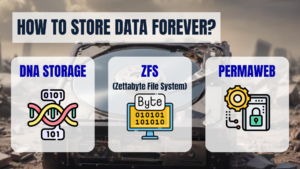Facing data overload? Snowflake data storage can help.
This cloud-based platform offers efficient data storage solutions. It allows for flexible and scalable handling of massive datasets, making it easier for businesses to manage and analyze their information in 2024.
Are you ready to transform your data strategy?— If so, read on.
If you handle big datasets, you can check our guide on the best practices to store large amounts of data.
Table of Contents
Key Takeaways
- Snowflake Data Storage is a cloud platform that helps manage big data. It allows you to store and analyze data without needing extra tools for JSON or XML.
- It runs on AWS, Azure, and Google Cloud.
- Snowflake has a unique setup where storage, query processing, and services are split. This makes things like handling lots of information and searching through it easier.
- It can save you money because you only pay for what you use. Also, its security is very good to keep data safe.
- Snowflake fits well with other tools and systems like AWS, making it easy to work with different types of data projects.
- Getting started with Snowflake is, in my opinion, pretty straightforward. You sign up, set up your space in the cloud, and start using its features right away.
What is Snowflake Data Storage?
Snowflake Data Storage is a place on the cloud where businesses keep their data. It has cool parts like virtual storage rooms and a smart setup that manages lots of data at once.
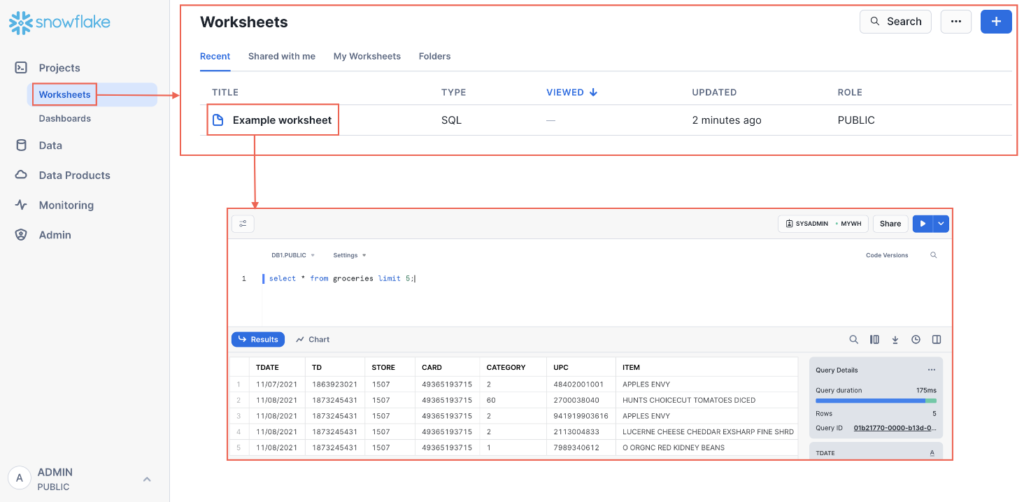
Definition of Snowflake Data Storage and its Core Features
Snowflake Data Storage is a fully managed SaaS platform for data management and sharing. Its unique architecture splits into three layers: Database Storage, Query Processing, and Cloud Services.
This setup allows Snowflake to store vast amounts of information in the cloud securely. It runs on major cloud providers like AWS, Azure, and Google Cloud, supporting multi-cloud environments.
If you use Linode or DigitalOcean, there are many integrations to connect your cloud storage platform with Snowflake Data Storage. You can also check our comparison between DigitalOcean vs Linode.
Key features include handling big data very easily, storing data in columnar format for quick access, and compressing data effectively to save space.
I think that Snowflake also shines with its ability to manage semi-structured data such as JSON directly within the platform— there’s no need for additional tools or transformations. It also automates most of your heavy lifting involved in query optimization and scaling resources up or down according to demand.
These capabilities make it ideal for a large range of uses, from business intelligence to complex analytics workloads across various industries.
Snowflake’s Multi-Cluster Architecture
Moving from the basics, I think that Snowflake’s multi-cluster architecture is what really sets it apart. This design uses independent clusters, known as virtual warehouses, for computing. These warehouses do not fight over your resources.
Each can scale up or down based on what you need—no waiting around for other tasks to finish.
This setup allows changes without a fuss and scales resources separately. You get exactly what your workload demands at any moment. Whether it’s a sudden spike in data analysis or a quiet day, Snowflake can adapt smoothly.
It supports schema-less storage too, making it easy to work with different kinds of data without pre-planning.
With Snowflake’s multi-cluster architecture, scaling to match workload needs becomes seamless and efficient.
My opinion
Key Components of Snowflake Data Storage
Snowflake has three main parts: where it keeps data, how it searches through data, and its web-based help. These parts work together to manage big sets of information, speed up searches, and connect with other online tools.
Database Storage Layer
The database storage layer in Snowflake uses cloud blobs to keep data, from tables to query outcomes. This part of the platform can grow bigger or smaller on its own, without affecting the computing power needed for queries.
It means you pay only for the space you use. Because of this setup, handling lots of information—whether it’s figures in numbers or more complex stuff like JSON and XML—is easy and efficient.
Next up is the query processing layer, where data gets crunched and analyzed.
Moving from the storage layer, Snowflake’s Query Processing Layer breathes life into data analysis. This engine stands at the heart of executing SQL queries efficiently. It’s all about how smartly it handles your requests for data access and manipulation—whether you’re fetching rows or crunching numbers for reports.
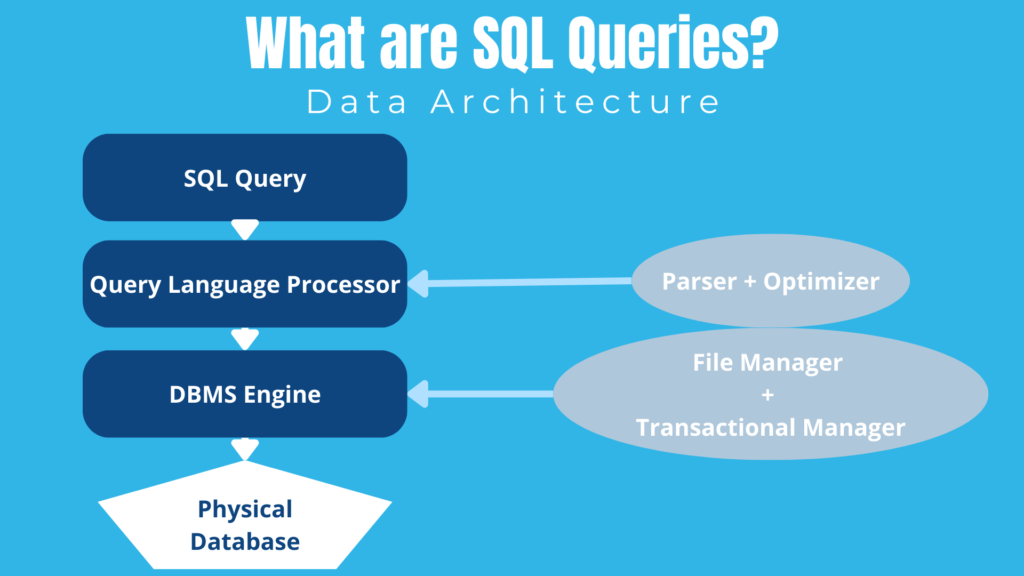
Query Processing Layer
Snowflake ensures this layer is always ready to serve up what you need without stepping on each other’s toes, thanks to its unique multi-cluster architecture. Each virtual warehouse operates independently.
So, a heavy query load in one doesn’t slow down the process in another. This setup guarantees optimal resource use across different business needs.
Snowflake turns complex data queries into simple tasks with its powerful SQL engine.
This system uses advanced optimization techniques to speed things up even further. Think automatic query refinement that cuts down wait times dramatically. Plus, Snowflake covers everything from parsing your request to figuring out the best way to get you your answers fast.
Cloud Services Layer
The Cloud Services Layer in Snowflake manages essential operations. It handles authentication, making sure users are who they say they are. This layer also takes care of infrastructure management, keeping the system running smoothly.
Plus, it deals with metadata management and access control, ensuring data is secure and only the right people you choose can see it.
Snowflake’s cloud services support easy data sharing. This allows teams to work together better, even if they don’t have much technical experience.
Next up, let’s talk about how Snowflake offers scalable storage options for your needs in 2024.
Benefits of Using Snowflake in 2024
In my experience, Snowflake in 2024 is all about giving you more power and less hassle. With it, handling big data is easier, thanks to its smart tech that scales with your needs…and doesn’t forget about keeping your info safe, either. That’s important, right?
Scalable Storage and Compute Options
You can easily adjust your storage and computing needs on the Snowflake platform. This feature ensures businesses only pay for what they use, making it cost-effective.
For example, during peak times, I could scale up resources to handle increased data loads and then scale down when demands decrease.
This scalability supports a wide range of applications, from data warehousing to real-time analytics.
Snowflake’s architecture separates storage from computation, allowing organizations to manage them independently. This separation means that as your data grows or your analytical requirements increase, you can increase storage without affecting compute resources or vice versa.
It supports various cloud infrastructures like AWS, Azure, and Google Cloud, giving users the flexibility to choose their preferred environment.
In 2024, leveraging scalable options in Snowflake will not just be an option but a necessary strategy for handling big data efficiently.
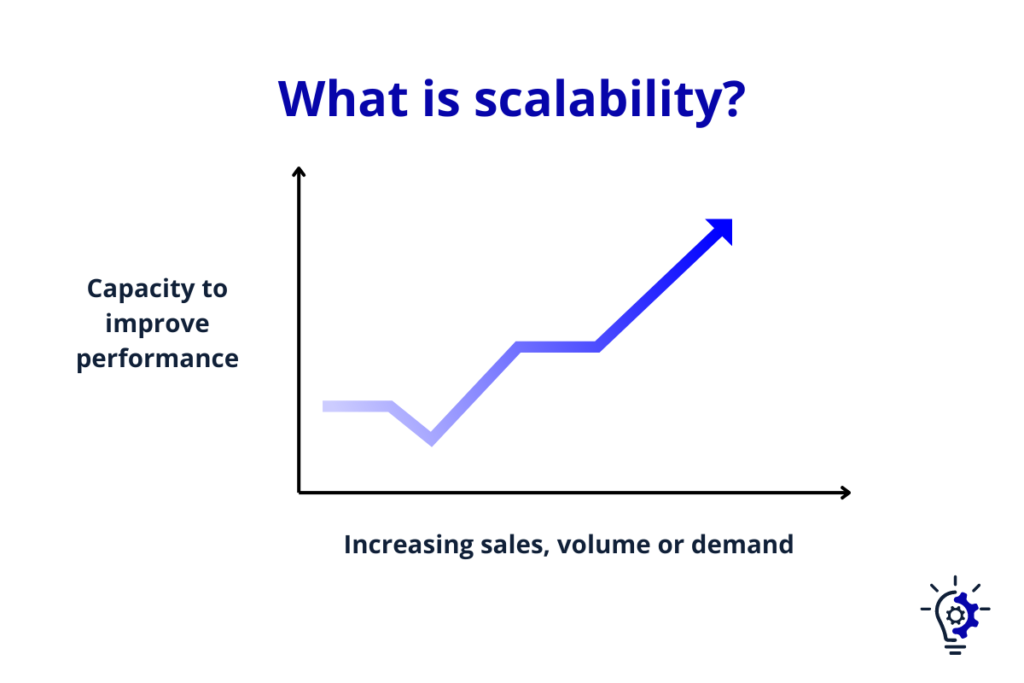
Enhanced Data Security Features
Moving beyond just scalable options, Snowflake’s data security stands out. It offers encryption and strict certifications like PCI DSS and HIPAA. This means all your cloud data storage is locked down tight. That’s a must if you need to store large amounts of data for a long time.
Snowflake handles access control too, ensuring only the right eyes see your information.
To increase safety of your data storage, you can apply the 3-2-1 data storage rule.
Snowflake’s approach to security includes layers that guard against breaches. With role-based access control (RBAC) and continuous data protection, peace of mind comes standard. You can trust your SQL query engine and databases are safe here, making it a solid choice for regulatory compliance needs in 2024.
Automatic Query Optimization
Snowflake Data Storage also stands with its automatic query optimization. This feature ensures that every search through your data is as fast and efficient as possible.
Here’s how it works: The system looks at your query, figures out the best way to get the answers you need, and does that without you having to lift a finger. So, even if you’re digging into your customer behavior or tracking sales trends, Snowflake handles the heavy lifting by optimizing searches on-the-fly.
This means less waiting and more doing for teams who rely on quick data insights. For instance, if you’re analyzing market patterns or evaluating operational efficiencies, Snowflake automatically tailors its computing power to speed things up—making sure results come back fast.
And because it adjusts in real-time, there’s no need for manual tweaks; Snowflake’s architecture smartly scales resources up or down based on demand. Plus, this all happens within a platform supported by AWS integration—a setup known for its robust cloud services layer that further enhances performance across all types of queries. Which I think is very useful.
Support for Semi-Structured Data (JSON, XML, etc.)
Snowflake excels in handling semi-structured data formats such as JSON, XML, and Parquet. This means users can easily manage and analyze diverse datasets without needing a predefined schema.
Snowflake’s architecture auto-discovers the structure of these files. Thus, it enables direct querying of nested data.
For instance, companies storing device telemetry in JSON or financial transactions in XML benefit greatly. They skip the complex transformation processes usually required to fit this data into traditional relational tables.
Plus, Snowflake supports automatic optimization for queries on semi-structured data. It ensures fast access and analytics capabilities, making it ideal for real-time decision-making.
With Snowflake, our team directly queries JSON logs to monitor app performance – no pre-processing needed.
My Opinion
Pricing Model of Snowflake
Snowflake’s pricing model keeps it simple with a pay-as-you-go plan. You spend based on how much data storage and processing you use, making it easier to manage costs for big or small projects.
Pay-as-you-go Pricing Structure
Snowflake’s pay-as-you-go pricing means you only spend money for what you use. This setup is perfect for businesses of all sizes, as it allows them to control costs more effectively.
You get billed per second, making it easy to track and manage your expenses on cloud-based data storage and computing. This method supports both small tasks and large-scale operations without the need for huge upfront investment.
This flexible model also offers pre-purchased capacity options, giving users the chance to save even more if they can predict their usage well. For companies using tools like Python or Java for data engineering or connecting with platforms like AWS, Azure, and Google Cloud, Snowflake’s structure ensures they can scale resources up or down on-demand.
It makes budgeting simpler while keeping access open to powerful cloud network features and compute clusters without locking into costly contracts.
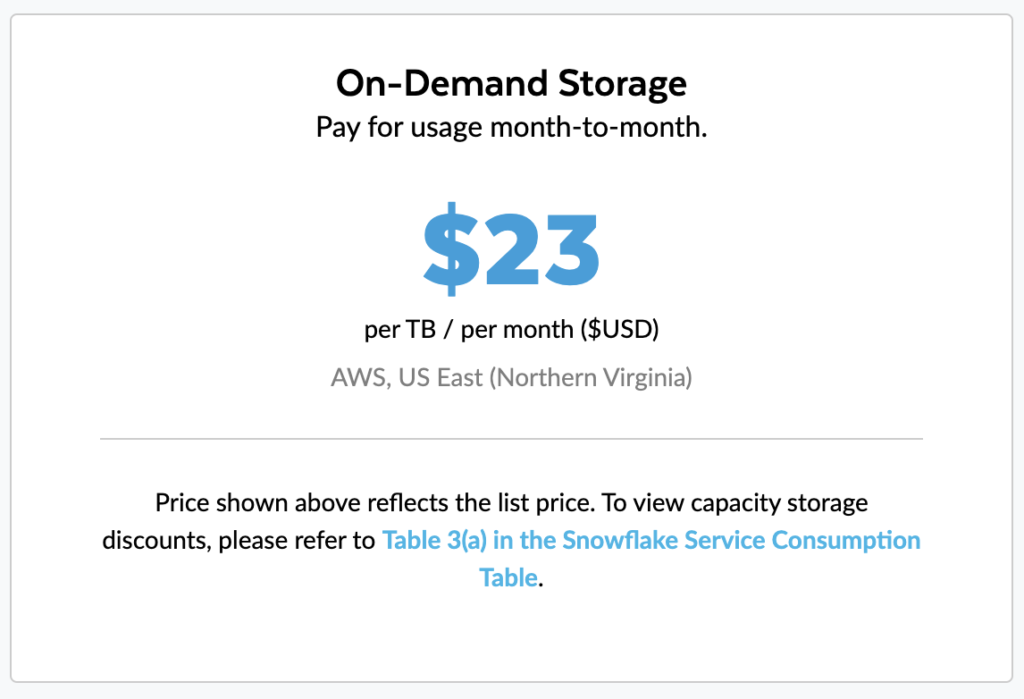
Cost Benefits of Separated Storage and Compute
Paying only for what you use changes everything. Snowflake’s model lets you store vast amounts of data without keeping your compute resources running all the time. This means huge savings because storage costs less than computing power.
You scale up or down as needed, no waste.
Companies enjoy flexibility with this setup. They can run big data analytics on-demand using powerful computing clusters without paying for them 24/7. After crunching numbers, they switch off these resources but keep their data safely stored at a lower cost.
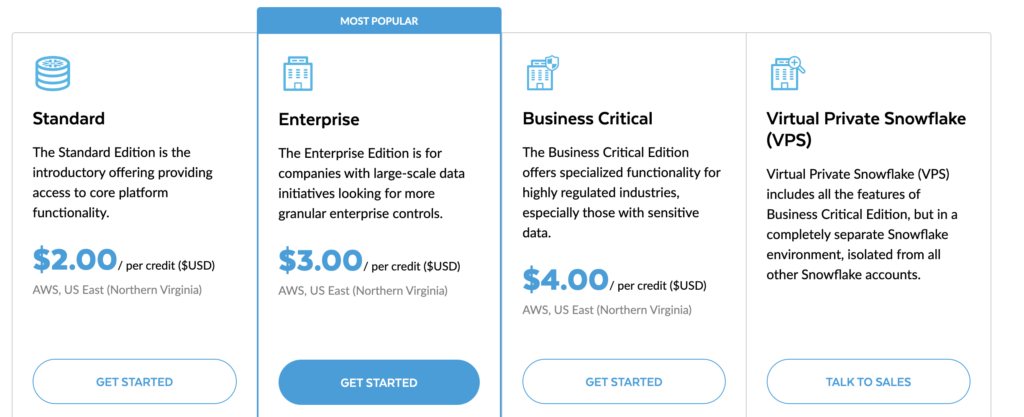
It’s like having an electric car that magically reduces its battery size when parked, cutting costs further.
Integrations and Ecosystem
Snowflake works well with major cloud providers like AWS, Azure, and Google Cloud. It also connects to many tools and apps for data work, such as Qlik and Apache Spark.
AWS, Azure, and Google Cloud Integration
Snowflake works well with AWS, Azure, and Google Cloud. This setup gives users flexible and robust options for storing and analyzing their data. Here are a couple of the best features, in our opinion.
Integration with AWS allows you to store vast amounts of data in S3 buckets. You can then use Snowflake to manage and analyze your data efficiently.
On Microsoft Azure, Snowflake takes advantage of blob storage for massive scale data warehousing solutions. Users get automated scaling and benefit from Azure’s wide range of services.
With Google Cloud integration, Snowflake utilizes Google Cloud Storage (GCS) for secure and scalable data storage. This lets users leverage Google’s powerful analytics tools alongside Snowflake.
Tools like Apache Kafka can stream data directly into Snowflake across any of these platforms, ensuring real-time data processing and insights are always available.
Connectors such as Qlik and Databricks make it easy to move data between Snowflake and other applications or services in the cloud ecosystem, enhancing business intelligence capabilities.
Through APIs provided by AWS, Azure, and Google Cloud, developers have the flexibility to program custom solutions that fit their specific needs while taking full advantage of cloud resources.
The multi-cloud support means that businesses are not tied to one provider. They can spread their operations across different clouds for better performance, cost-efficiency, or regional availability.
Tools and Connectors Available
Snowflake supports many tools and connectors that make working with data easier. These options help users move, manage, and analyze their data without hassle.
- SnapLogic provides ten pre-built “Snaps” for easy connection to Snowflake, letting users integrate various data sources and analytics tools quickly.
- ODBC (Open Database Connectivity) drivers ensure applications can talk to Snowflake, allowing seamless data exchange.
- JDBC (Java Database Connectivity) drivers enable programs written in Java to access the Snowflake database.
- Python connectors let developers use this popular programming language to send and retrieve data from Snowflake efficiently.
- Node.js connectors are available for those who prefer JavaScript on the server-side, facilitating smooth interaction with Snowflake’s database.
- AWS S3 Integration allows for direct loading and unloading of data between Amazon’s object storage service and Snowflake.
- Azure Blob Storage integration ensures users on Microsoft’s cloud platform can easily store and access large amounts of unstructured data.
- Google Cloud Storage integration makes it simple for users to interact with their data stored within Google’s cloud services.
Next, let’s look at how all these integrations benefit different types of projects in 2024.
Snowflake for Different Use Cases
Snowflake is good in many areas. It handles big data projects, like storing large amounts of info and analyzing numbers for business insights.
Data Warehousing
Data warehousing brings together vast amounts of data for easy access and analysis. Snowflake excels in this area by offering a data storage solution that supports structured and semi-structured data, like JSON and XML.
Users can store large volumes of data without worrying about space or management issues. With its advanced features, Snowflake ensures that businesses can analyze their data efficiently.
Snowflake’s architecture allows for the seamless integration with business intelligence tools, enhancing analytics capabilities. This means companies like Walmart and Salesforce, which depend on massive datasets for decision-making, find it invaluable. The platform’s support for SQL languages makes it easier to manage and query large datasets, providing insights that drive strategic decisions.
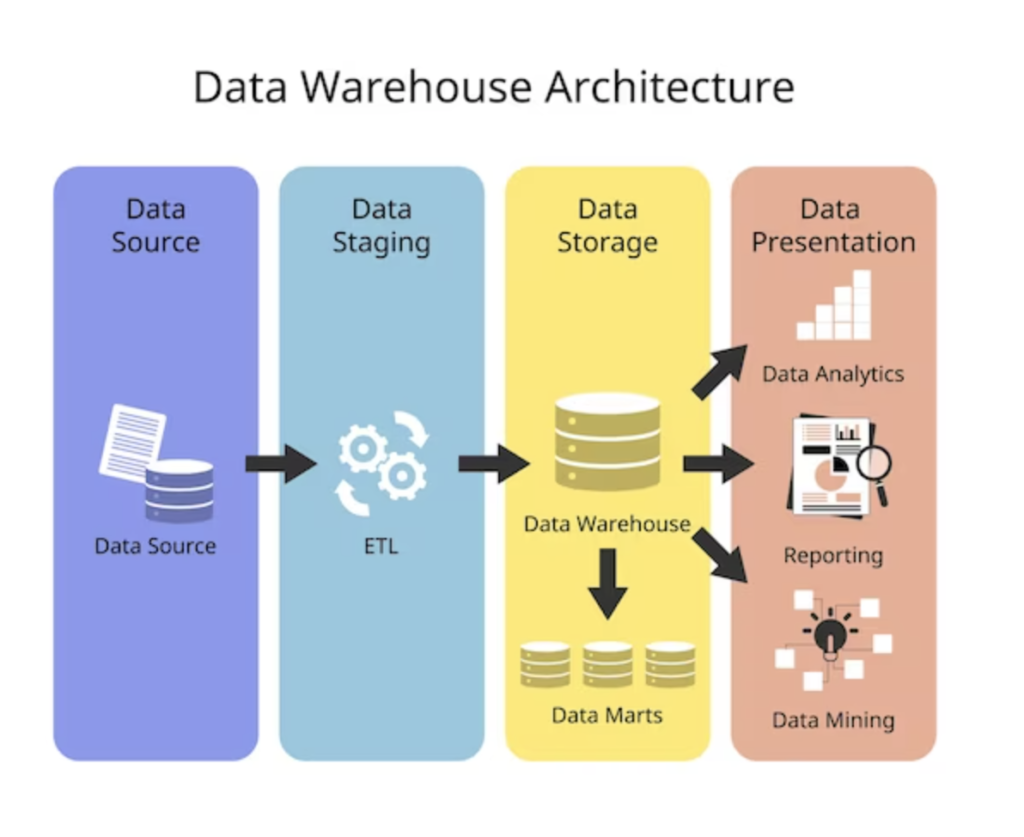
Data Lakes and Data Lakehouses
Snowflake turns data lakes and lakehouses into powerful tools to store vast amounts of information. These places keep everything from texts to images in one spot, ready for analysis.
They handle big files like JSON and XML with ease, making them ideal for various tasks.
Using Snowflake, teams can easily pull together different types of data into these storage areas. This setup allows for quick searches and smart decisions based on the gathered info.
It supports semi-structured data well, which means you don’t have to change how your files look before saving them.
Business Intelligence and Analytics
Business analysis tools turn data into insights. Examples like Tableau, Power BI, and Google Analytics help teams see trends and make decisions. These platforms pull info from Snowflake’s vast data storage, letting users explore data lakes for valuable intel.
They support SQL queries to sift through structured query language databases easily.
For analytics, Snowflake shines with its ability to handle large sets of structured and semi-structured data — think JSON documents or XML files. Teams can analyze massive amounts of information quickly without needing big tech skills.
This makes it great for companies looking to grow in 2024 by making smart moves based on solid data insights.
Snowflake vs. Competitors
Snowflake stands out from other data storage options like AWS Redshift and Google BigQuery. Its unique features offer more flexibility than traditional systems.
Comparison with AWS Redshift and Google BigQuery
Snowflake stands out from AWS Redshift and Google BigQuery due to its unique architecture. It separates storage and computing, which means you can scale them independently. This is a game changer.
With AWS Redshift, you often have to scale both together. That could cost more money. Google BigQuery offers a similar approach to Snowflake but lacks some of the flexibility in data sharing and multi-cloud support that Snowflake excels at.
I’ve worked with all three platforms for different projects. In my experience, Snowflake’s ability to handle semi-structured data like JSON or XML directly within its platform without needing extensive preparation or transformation is a significant advantage.
Both AWS Redswitch and Google BigQuery require more steps to achieve this level of integration with semi-structured data types. Also, the pay-as-you-go model in Snowflake makes it easier to manage costs effectively, especially when working on varying workloads that fluctuate over time.
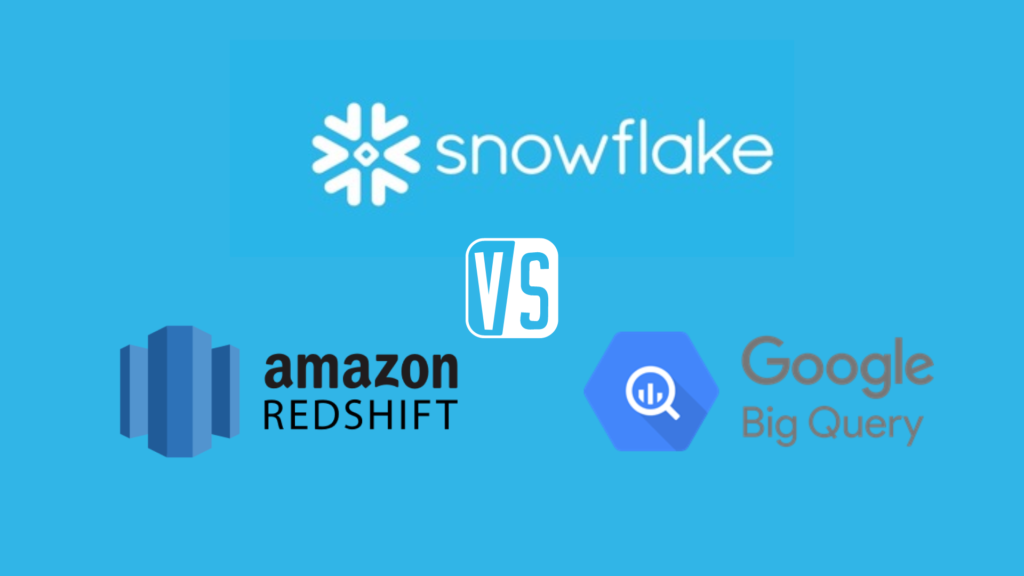
Unique Advantages Over Traditional Solutions
Snowflake offers secure data warehouses with a twist. They use virtual warehouses that work as independent clusters. This setup prevents competition for computing resources, unlike traditional databases where tasks might slow down due to shared resources.
Safety is key in Snowflake with encryptions and certifications like PCI DSS and HIPAA, ensuring top-notch security for your data.
Its architecture supports semi-structured data, be it JSON or XML, directly. This capability allows for more flexibility compared to older databases that struggle with anything beyond rows and columns.
Integrations are smooth too—with AWS, Azure, and Google Cloud—making Snowflake fit easily into existing setups without the need for extra tools or adjustments.
Getting Started with Snowflake
Jumping into Snowflake starts with setting up your account. Follow these steps, load your data, and explore its powerful features like storage management and data analysis tools.
Initial Setup Process
Setting up Snowflake is simple and fast. You’ll be managing your data in no time. Here’s how to do it:
- Sign up for an account on the Snowflake website. Choose between AWS, Azure, or Google Cloud based on where you want to store your data.
- Verify your email address to activate your account.
- Log into the Snowflake web interface, a central place for all your tasks.
- Start by creating a new database storage layer in the web interface for organizing your data.
- Define warehouses in the query processing layer next. This step involves setting up virtual warehouses that will execute your queries.
- Configure roles and users in the cloud services layer for managing access and permissions within Snowflake.
- Set up security features like HIPAA compliance and data governance measures to protect your information.
- Connect to Snowflake using ODBC drivers or libraries provided for easier integration with tools you already use.
- Load your first batch of data either from on-premises sources or directly from Azure Blob Storage if you chose Microsoft Azure.
- Browse through available connectors and integrations like AWS, Azure, TensorFlow, or even Delta Lake to expand what you can do with Snowflake.
Following these steps ensures a smooth start with Snowflake, enabling scalable storage options, enhanced security features, and efficient query processing right away.
Tips for Maximizing Value
After you get Snowflake set up, it’s time to make the most of it. Here are some ways to do that.
- Choose the right snowflakes data platform service level. Pay only for what you need by picking a storage and computing plan that fits your project size.
- Use semi-structured data like JSON and XML to save on transformation costs. Snowflake handles these formats well, reducing the need for extra tools.
- Split your workload across multiple warehouses to speed up queries without overspending. This takes advantage of Snowflake’s multi-cluster architecture.
- Opt for Snowflake’s automatic scaling features to handle sudden increases in demand without manual intervention.
- Implement result caching strategies to reuse query results, cutting down on repeated computations and costs.
- Secure your data with Snowflake’s enhanced security features by setting role-based access controls.
- Keep an eye on your usage with Snowflake’s built-in dashboards to avoid unexpected charges.
- Explore integration options with web services like AWS, Azure, and Google Cloud for a more streamlined workflow.
- Regularly review and adjust your storage policies based on data lifecycle stages to optimize costs.
By following these steps, users can ensure they are getting the most value out of their Snowflake investment through smart management and strategic planning.
Conclusion
Snowflake Data Storage stands out in 2024 as one of the best cloud-based platforms. It offers scalable solutions, tough security, and smart query management. With its unique structure, users can store more data and run complex analyses easier than ever.
Organizations tap into advanced tools like AWS, Azure, and Google Cloud for broader capabilities. Snowflake transforms how businesses handle vast amounts of information—making it simpler, faster, and more cost-effective.
For anyone aiming to leverage their data to its fullest potential next year, Snowflake Data Storage is the key player to watch.
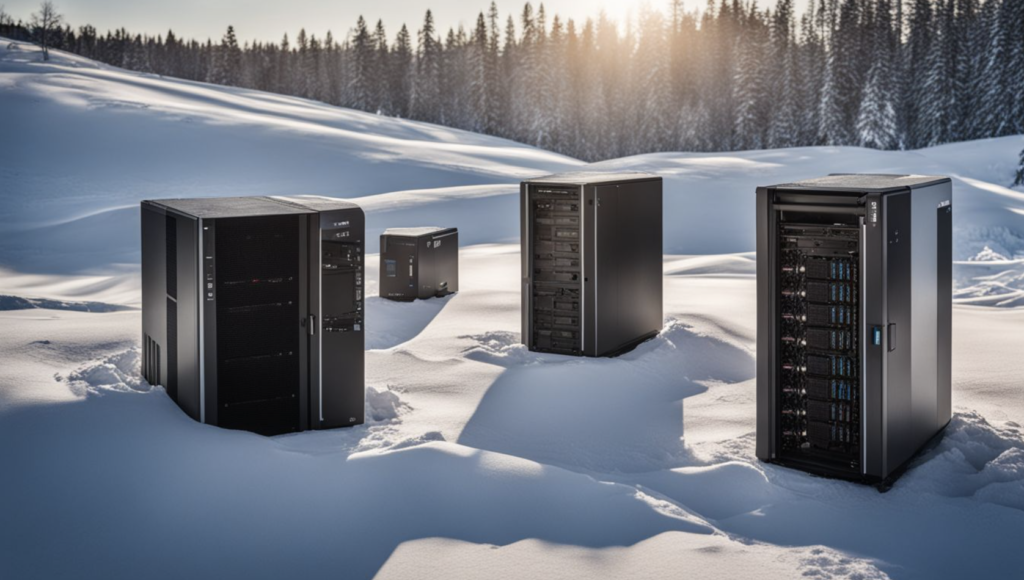
FAQs
1. What is Snowflake Data Storage?
Snowflake Data Storage is a cloud-based platform that manages and stores data. It supports JSON, uses columnar storage for efficiency, and compresses data to save space.
2. How does Snowflake handle big data?
It uses parallel processing to manage large datasets quickly. This means it can do many tasks at once, making it faster to work with big amounts of data.
3. Can I use Snowflake with other cloud services?
Yes, you can! Snowflake integrates well with Azure and other public clouds. It offers flexibility whether you’re in a private, public, or hybrid cloud environment.
4. Why choose Snowflake for database management?
Snowflake stands out because it simplifies coding through ease of use and scales up or down automatically—no need to worry about server limits.
5. How does scaling work in Snowflake?
Snowflake allows both vertical scaling (adding more power) and horizontal scaling (adding more machines) without downtime, ensuring your database performance meets demand seamlessly.
6. What benefits will I see by using Snowflake Data Storage in 2024?
Expect efficient data integration from various sources, real-time analysis capabilities due to its OLAP features, cost-effective storage solutions thanks to its unique architecture that separates compute from storage costs; all contributing towards smarter decision-making processes within businesses.
If you are interested in data storage, we recommend you to check our guide on how to choose the best data storage solution for you. I think it can be useful.
Please share this blog post with people you think will find this useful. Help them make informed decision about Snowflake Data Storage.
If you need more help, you can send a message through my contact page. I’ll be happy to help you 🙂


